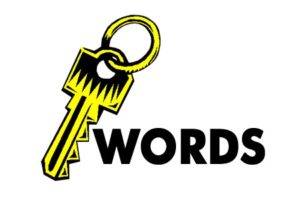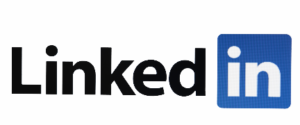Resumes are not one size fits all.

In other words, if you’re looking for an HR job, your resume should be targeted to that particular HR role.
When I was hiring, I was pretty specific in my position description for a part-time customer service person. I loaded it with job-specific customer service keywords.
I was shocked–and a little annoyed– by the applicants who applied: a CFO, a UX coder, an insurance claims specialist, an early childhood educator, an IT consultant, and more completely unrelated to my posting (with not a speck of customer service experience in their resume.
HR managers, hiring managers, and recruiters talk about this often–when applicants DON’T tailor their resumes to the position listed.
If you’re not sure what should be on your resume, always look to the job description. It’s full of keywords and it tells you exactly what they need.
For example, if you are a finance executive what things should you put on your resume?
Financial executive resumes are different from other executive resumes in several ways. Here are a few key differences:
- Emphasis on financial expertise: Financial executive resumes should highlight the candidate’s financial skills and experience, including their ability to analyze financial data, make strategic financial decisions, and manage budgets and financial forecasting.
- Technical skills: They may want to include a section highlighting technical skills such as financial modeling, risk management, and experience with accounting software.
- Education and certifications: Education and certifications are important for financial exec positions. Candidates should include information about their degrees, professional certifications, and any relevant coursework. Additional professional experience is important as well.
- Results-oriented: Financial executive resumes should highlight specific achievements and results, such as improving profitability, increasing revenue, reducing costs, or leading successful mergers and acquisitions.
- Industry knowledge: A career in finance should demonstrate a deep understanding of the financial industry, including regulatory compliance, financial reporting requirements, and industry trends.
- Leadership and team management: They are often responsible for managing teams, so the resume should highlight leadership skills, team-building experience, and a track record of successful management.
So, what are some keywords a finance exec might use? Again, look to the job description. Depending on the job you may see any of these:
- Financial analysis
- Strategic planning
- Budget management
- Forecasting
- Risk management
- Investment analysis
- Financial modeling
- P&L management
- Cash flow management
- Accounting principles
- Taxation laws
- Regulatory compliance
- Auditing
- Corporate finance
- Treasury management
- M&A
- Capital markets
- Leadership
- Team management
- Communication skills
Make sure to incorporate these keywords appropriately in your resume, highlighting your relevant skills and accomplishments. However, avoid stuffing your resume with too many keywords as it may come across as inauthentic or spammy. Instead, focus on using relevant keywords that accurately describe your skills and experience.










